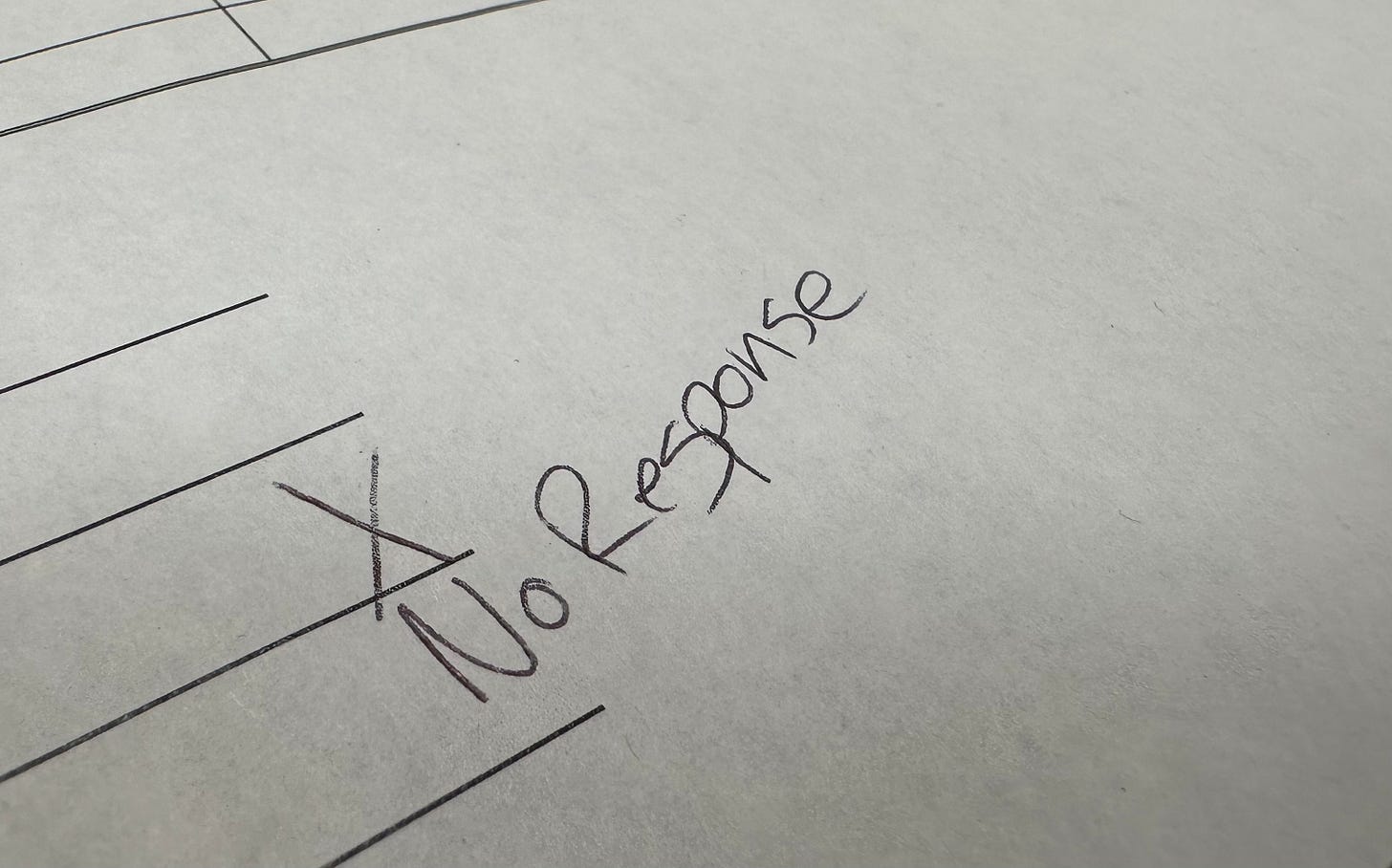One of the most powerful sequences of events in my teaching career was the one that led me to begin making all in-class activities non-punitive. What I mean by non-punitive is that for all in-class work, if students turn something in, they get full credit.
I was teaching a Soils and Hydrology class at Western Carolina University, a small, primarily undergraduate university in the mountains of WAY western North Carolina. I was still doing everything on paper back then: handing out worksheets, collecting them, and grading them. I was becoming increasingly frustrated with students leaving questions blank. Why were they doing this? Did they really have no idea about the questions? Was I doing a horrible job teaching? Was it laziness? I wasn’t much older than them at this point but the “kids these days” thoughts began to well up. I fought hard against them.
So. I tried something out of curiosity… or maybe desperation. I told students that if they wrote ANYTHING down, they would get credit. Their answer had to be related to the question, they couldn’t just write “pickles” below every prompt, but other than that, no limits. I also said I wouldn’t grade them. I would just record whether they wrote something, then hand them back and we would go over the correct answers in class.
AND WHOA! Suddenly everyone wrote answers to everything. AND They were mostly good! Maybe a near miss or some misunderstandings, but way better than blank spaces! AND now I got to see where any sticky spots of misunderstanding were… which you cannot get from a blank space.
My read on what was going on is this: For a subset of students, especially those who have not learned it is okay to be wrong, or who maybe don’t feel like they belong in college, losing points because you didn’t write anything is way easier to stomach than getting back a marked-up activity. If you know the professor is just going to look that you wrote something, give you points, and not judge… well that’s not a bad deal.
This was before I really engaged with teaching literature, and I was naïve to the fact that people had studied this stuff and figured out approaches that worked well for students like mine.
I can’t overstate how fundamentally this made me rethink the way I was thinking about so much of my teaching. What did I see as lack of effort that was really something else? Were there other small changes I could make that would help more students along? Maybe there was a lot I really didn’t understand about my students! I should learn more! Ahh!
It’s been almost ten years since this all happened and it’s still informing how I do what I do! Next week I plan to write about how I implement the lessons from this experience into a 200 person class without any extra technology beyond Canvas.


